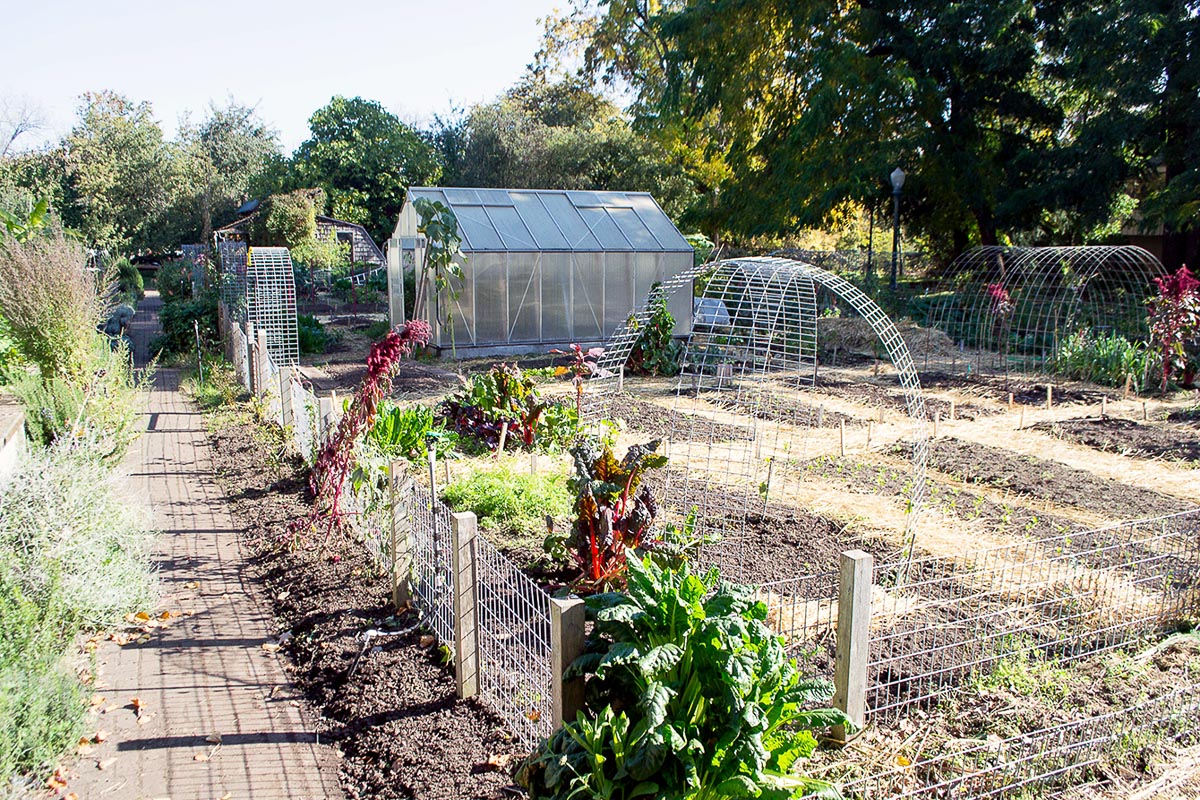The 6-Second Trick For City Blooming
The 6-Second Trick For City Blooming
Blog Article
City Blooming Can Be Fun For Everyone
Table of ContentsA Biased View of City BloomingThe Facts About City Blooming UncoveredSome Known Questions About City Blooming.The Best Guide To City BloomingCity Blooming Things To Know Before You Get This
Interested in expanding food to buy in the City of Chicago? Thinking regarding beginning an area garden? Adjustments to the Chicago Zoning Ordinance permit farming usages like neighborhood gardens and metropolitan farms in lots of components of the city. Below is a list of regularly asked questions relating to the rules and guidelines that farmers should take into consideration when planning an urban agriculture task.
The zoning change does not modify any various other codes handling composting, building licenses, buying or leasing City owned home, service licenses or environmental contamination. There are existing codes that manage these problems and they continue to be in complete effect and may be appropriate to your project. Community yards are usually owned or handled by public entities, public organizations or community-based companies and preserved by volunteers.
Urban farms expand food that is meant to be offered, either on a nonprofit or for-profit basis. Due to their industrial function, metropolitan farms require a service permit.
The Best Strategy To Use For City Blooming
Composting is allowed but only for plant material that is created and made use of on website. The quantity of garden compost material can not go beyond 25 cubic yards at any kind of offered time according to the standards in 7-28-715 of the City's Municipal Code. Yes. Due to the fact that the dirt at a lot of brand-new garden sites needs modifying, garden compost, dirt, timber chips, or other products can be acquired to build or enhance the growing space - sustainability.

If a building authorization is needed then the hoophouse will certainly be taken into consideration an accessory building. You can learn more about the structure authorization requirements by speaking to the Division of Buildings. The 25,000-square-foot size restriction is meant to stop a single area garden from controling a given block or taking away from the block's existing household or industrial personality.
The limitation does not put on yards located in Public Open Space (POS) areas. Can there be greater than one neighborhood yard that is 25,000 square feet on a solitary block? Yes. The size limit relates to private gardens, not to individual blocks. No. you could check here Secure fencing is not required, nonetheless, gardens that have big parking lot may be required to mount fencing or various other landscaping functions.
About City Blooming
B1 & B2 districts require that all industrial usage activities be performed inside. Is secure fencing needed for metropolitan ranches? Fences may be required, along with landscaping and screening, for particular auto parking locations and outside work or storage areas depending on place and the particular activity taking area.
Urban farms require building licenses and zoning approvals prior to building (landscaping). Various other forms of city evaluation might be called for depending on certain structures, activities, dimension, landscaping, licensing, public heath and stormwater monitoring problems.
The Department of Business Affairs and Consumer Protection can aid figure out the certain type of organization certificate that's called for. Off street car park is required for most commercial projects in Chicago. The called for number of car park spaces is based on the number of employees functioning on website and not the square video footage of the expanding room.
Excitement About City Blooming

Yes. A city ranch can market compost material produced on website, nonetheless, the operation must abide by the policies in 7-28-715 of the Chicago Municipal Code. Yes. Aquaponic systems are enabled inside your home on urban farms in many zoning districts. Nevertheless, a zoning testimonial and structure permit is required in order to install frameworks or systems and a business certificate is called for as described above.
As much as five hives or nests of honey might be maintained as an accessory usage. Beekeepers must sign up with the Illinois Division of Farming. To find out more about the proposed zoning modification you might speak to the Division of Housing and Economic Development, Bureau of Preparation and Zoning at 312.744.8563.
Farming in cities and urban locations An urban ranch in Chicago. Urban agriculture describes various practices of growing. https://www.mixcloud.com/cityblooming/, handling, and dispersing food in city areas. The term likewise applies to the area activities of animal husbandry, tank farming, beekeeping, and horticulture in an urban context. Urban farming is identified from peri-urban farming, which takes location in rural areas at the side of suburban areas.
City Blooming - The Facts
It can entail a motion of natural cultivators, "foodies" and "locavores", who seek to create socials media established on a common ethos of nature and community holism. These networks can create using formal institutional assistance, ending up being incorporated right into neighborhood town planning as a "shift town" activity for sustainable urban advancement.
Some of the first evidence of urban agriculture comes from Mesopotamia.
Report this page